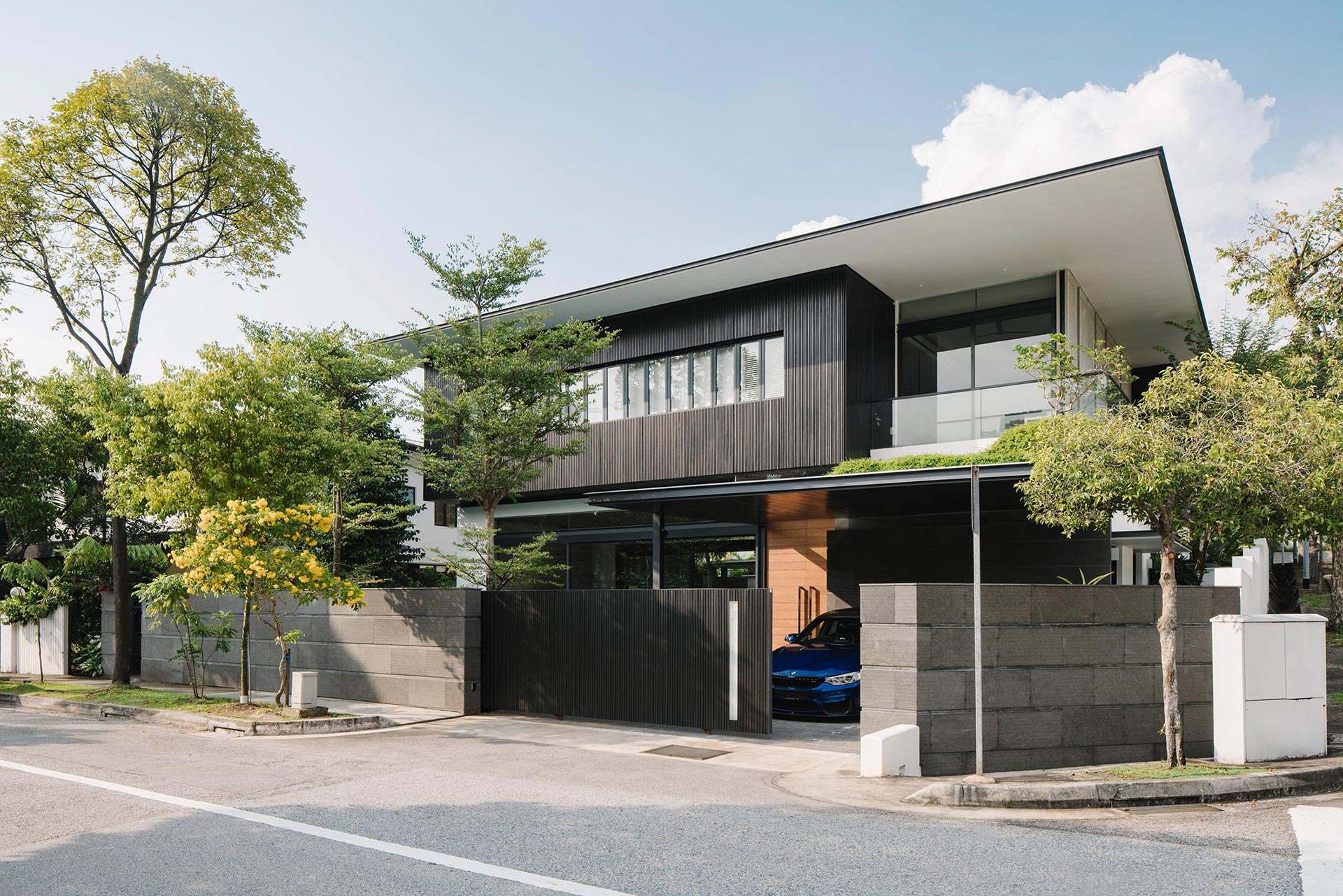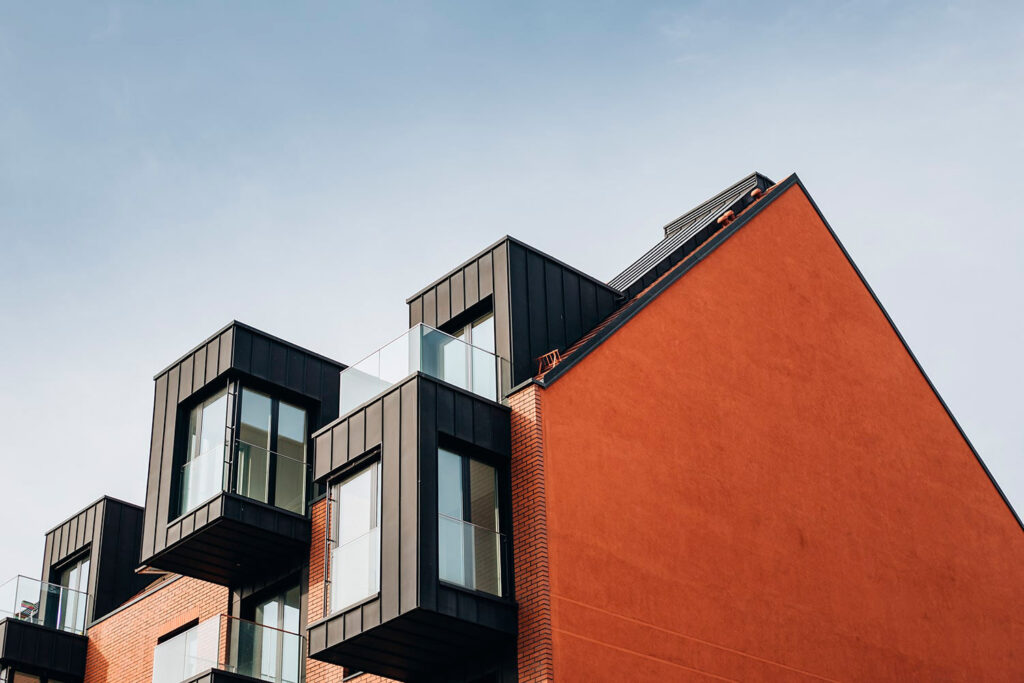
Maximizing Small Spaces
Designing small spaces presents unique challenges, but with the right approach, you can transform them into functional, stylish, and comfortable environments. Whether you’re working with a cozy apartment, a compact office, or a small room in your home, clever design strategies can make all the difference. In this blog, we’ll explore effective tips for maximizing small spaces and making the most of every square foot.
1. Embrace Minimalism
a. Declutter Regularly:
In small spaces, clutter can quickly overwhelm the room and make it feel even smaller. Regularly declutter and keep only essential and meaningful items. Use storage solutions to keep belongings organized and out of sight.
b. Choose Multi-Functional Furniture:
Opt for furniture that serves multiple purposes. For example, a sofa bed can function as both seating and a guest bed, while a coffee table with storage can keep living essentials handy and hidden. Multi-functional pieces help maximize space and enhance functionality.
c. Simplify Décor:
Keep décor simple and streamlined. Choose a few key pieces that complement your space rather than overcrowding it. Minimalist designs with clean lines and subtle colors can create a sense of openness and calm.
2. Optimize Storage Solutions
a. Use Vertical Space:
Make the most of vertical space by installing shelves or cabinets high up on walls. This approach adds storage without taking up valuable floor space. Floating shelves are particularly effective in small rooms.
b. Invest in Built-In Storage:
Built-in storage solutions, such as custom cabinetry or under-bed drawers, can be tailored to fit your specific needs and space. These solutions maximize available space and blend seamlessly with the room’s design.
c. Utilize Under-Utilized Areas:
Look for areas that are often overlooked for storage, such as the space under stairs or above door frames. Utilize these areas with creative storage solutions like baskets, bins, or custom shelving.
3. Create the Illusion of Space
a. Use Light Colors:
Light colors on walls, floors, and furniture can make a small space feel more open and airy. Opt for shades like white, beige, or soft pastels to enhance the sense of space and light.
b. Incorporate Mirrors:
Mirrors reflect light and create the illusion of depth, making a room feel larger. Consider placing a large mirror on one wall or using mirrored furniture to add a sense of space and elegance.
c. Choose Transparent or Reflective Materials:
Transparent materials like glass or acrylic, as well as reflective surfaces, can make a room feel less cluttered and more open. For example, a glass coffee table or acrylic chairs can visually lighten the space.
4. Maximize Natural Light
a. Opt for Sheer Curtains:
Use sheer curtains or blinds that allow natural light to filter through while maintaining privacy. Maximizing natural light can make a small space feel more expansive and welcoming.
b. Avoid Heavy Window Treatments:
Heavy or dark window treatments can make a small room feel even smaller. Choose lightweight, neutral-colored fabrics to enhance the flow of natural light.
c. Use Light-Reflecting Finishes:
Incorporate light-reflecting finishes such as glossy paint, high-gloss furniture, or metallic accents. These finishes help bounce light around the room and contribute to a brighter, more open feel.
5. Enhance Functionality
a. Define Zones:
In open-plan spaces, define different functional zones with furniture placement or area rugs. For example, use a rug to delineate a living area from a dining area, creating distinct yet cohesive spaces.
b. Optimize Furniture Arrangement:
Arrange furniture to maximize flow and functionality. Avoid blocking pathways or overcrowding the room. Choose furniture that fits the scale of the space and allows for easy movement.
c. Incorporate Smart Technology:
Smart home technology, such as adjustable lighting or voice-controlled devices, can enhance the functionality of a small space. These technologies offer convenience and efficiency without taking up additional space.
6. Add Personal Touches
a. Personalize with Accessories:
Incorporate personal touches through accessories like artwork, decorative pillows, or unique knick-knacks. These items add character and make the space feel more like home.
b. Use Multi-Purpose Accessories:
Select accessories that serve multiple functions. For example, decorative baskets can act as storage solutions, and stylish ottomans can double as extra seating or a coffee table.
c. Create Visual Interest:
Add visual interest with textures, patterns, and colors that reflect your personality. Accent walls, patterned rugs, or textured throw blankets can enhance the aesthetic appeal of a small space.
Conclusion


Designing small spaces requires creativity and strategic planning, but the results can be incredibly rewarding. By embracing minimalism, optimizing storage, creating the illusion of space, maximizing natural light, enhancing functionality, and adding personal touches, you can transform even the smallest rooms into stylish and functional havens. Remember, the key to successful small-space design is to make the most of what you have and create a space that feels both comfortable and visually appealing. With these tips, you’ll be well on your way to mastering the art of small-space design and enjoying every inch of your space.
